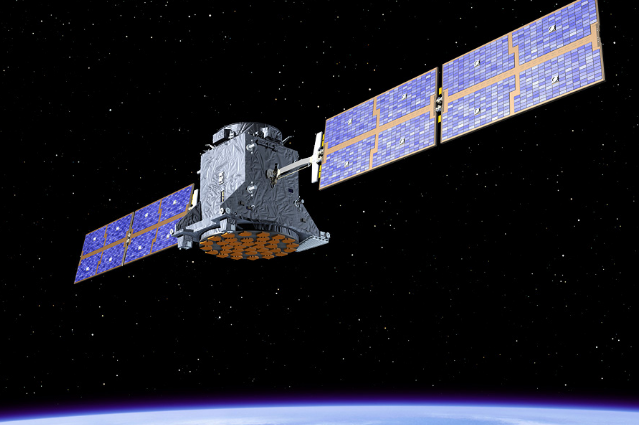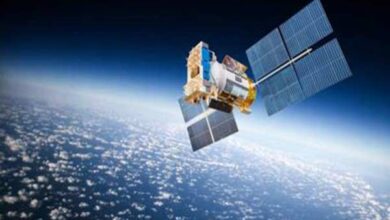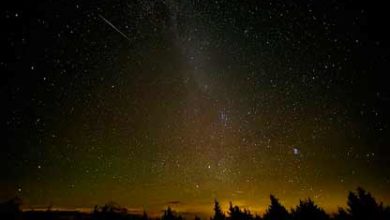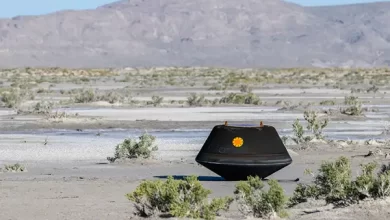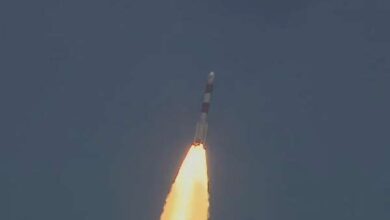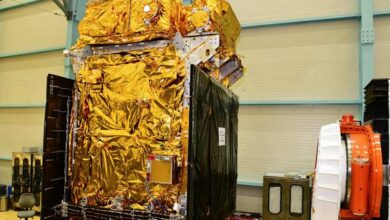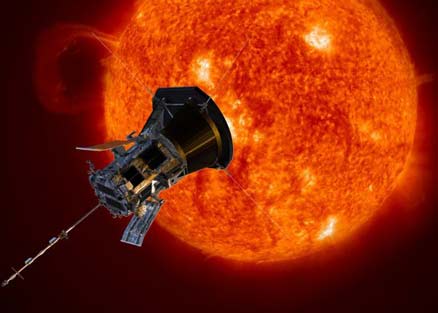NASA images capture India illuminated at night
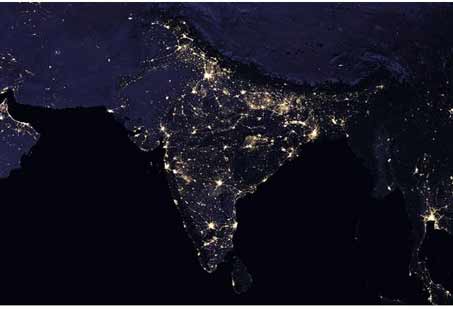
NASA on Thursday released new global nighttime images of the Earth – including a detailed view of India and its surroundings that show how patterns of human settlement changed across the country between 2012 and 2016.
The satellite images – also called ‘Night Lights’ – show the growth in population, based on the light intensity, since the last time the images were released in 2012.
Satellite images of Earth at night – often referred to as “night lights” – have been a source of curiosity for public and a tool for fundamental research for nearly 25 years.
They provide a broad, beautiful view, showing how humans have shaped the planet.
Produced every decade or so, such maps have spawned hundreds of pop-culture uses and dozens of economic, social science and environmental research projects.
A research team led by Earth scientist Miguel Roman of NASA’s Goddard Space Flight Centre in the US plans to find out if night lights imagery could be updated yearly, monthly or even daily.
In the years since the 2011-launch of the NASA-NOAA Suomi National Polar-orbiting Partnership (NPP) satellite, researchers have been analysing night lights data and developing new software and algorithms to make night lights imagery clearer, more accurate and readily available.
They are now on the verge of providing daily, high-definition views of Earth at night, and are targeting the release of such data to the science community later this year.
Since researchers from the National Oceanic and Atmospheric Administration and NASA released a new Earth at night map in 2012, Roman and teammates at NASA’s Earth Observing Satellite Data and Information System (EOSDIS) have been working to integrate nighttime data into NASA’s Global Imagery Browse Services (GIBS) and Worldview mapping tools.
The new global composite map of night lights was observed in 2016. The NASA group has examined the different ways that light is radiated, scattered and reflected by land, atmospheric and ocean surfaces.


